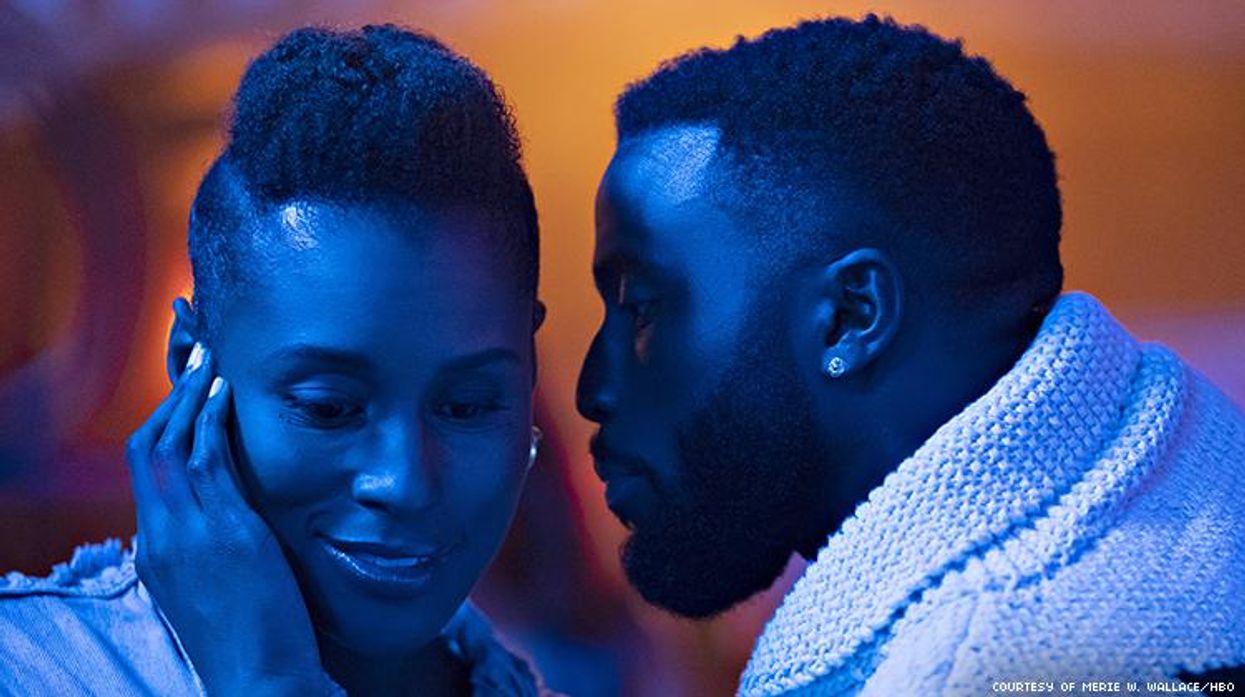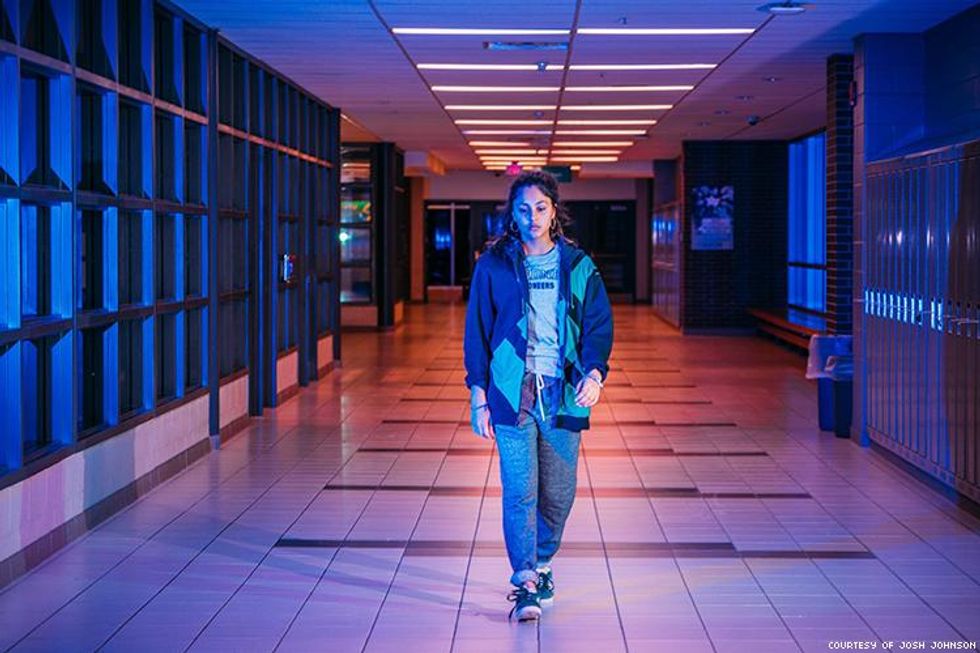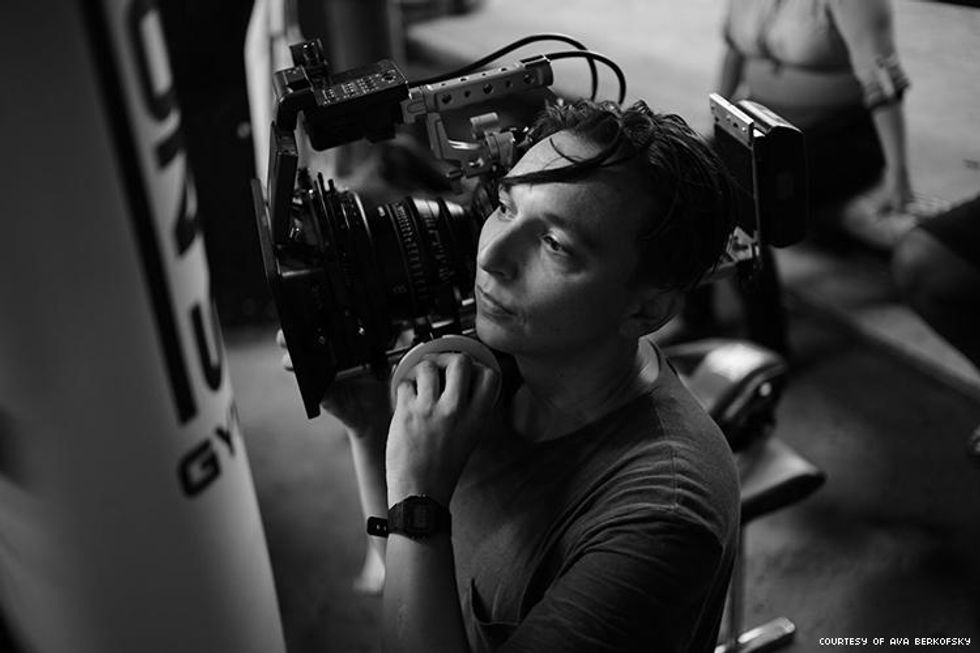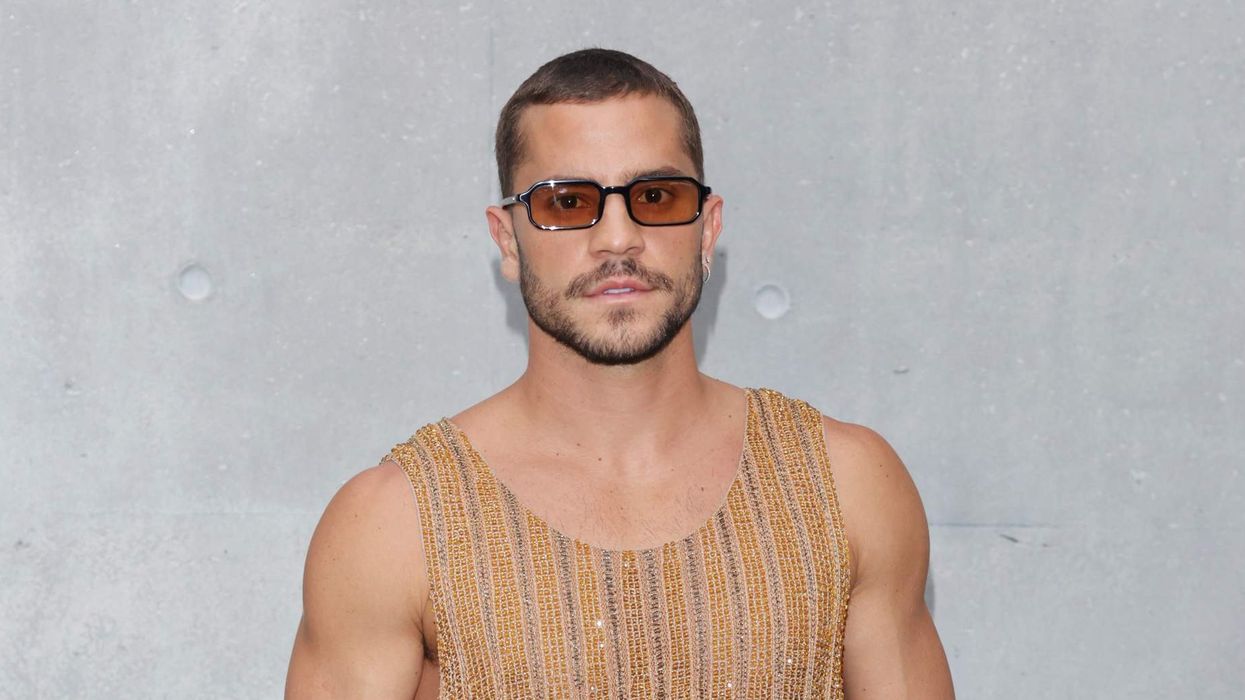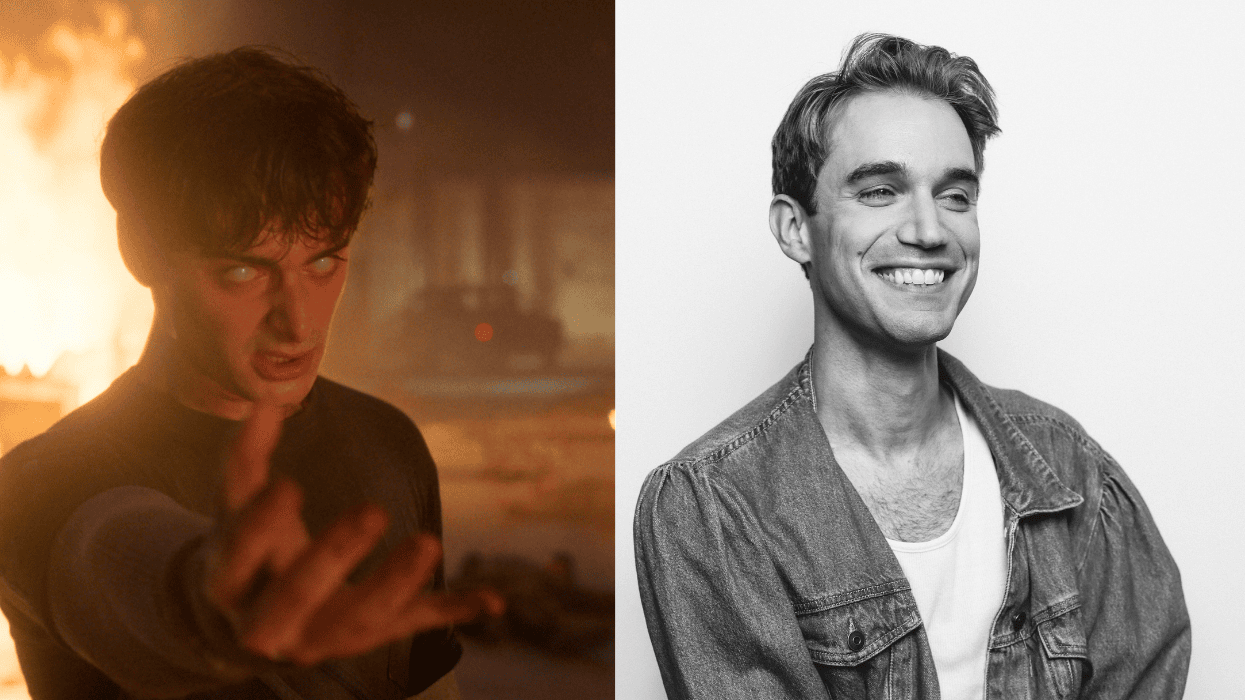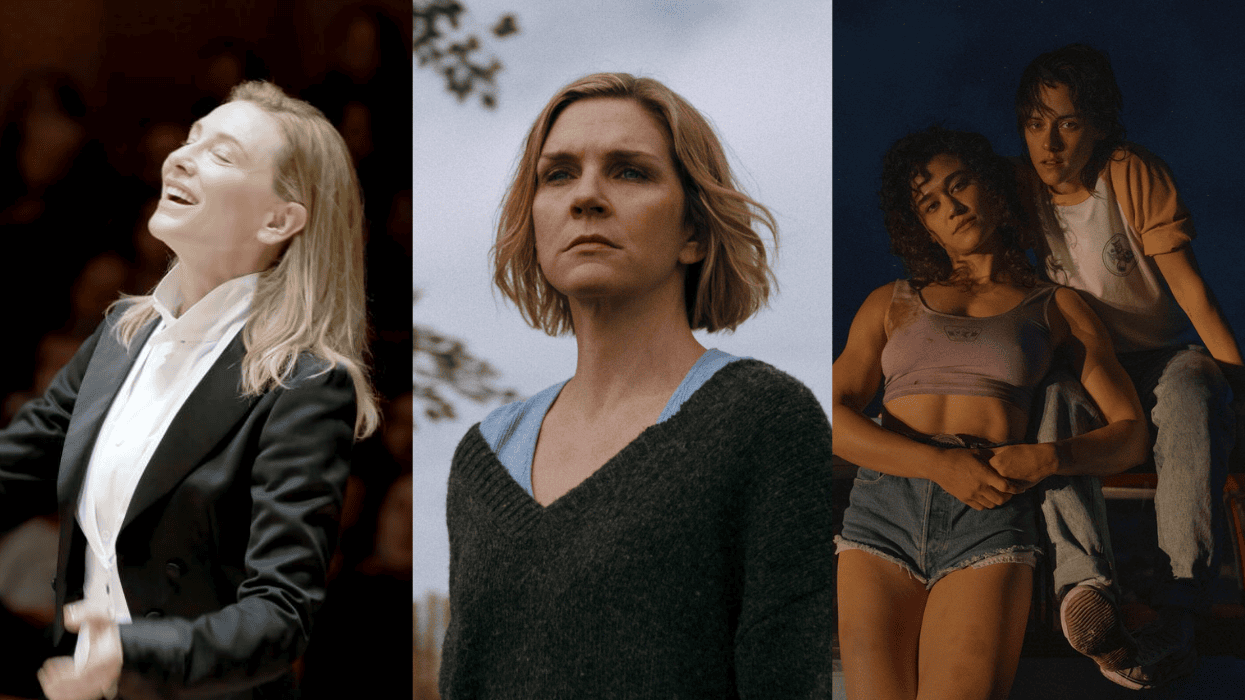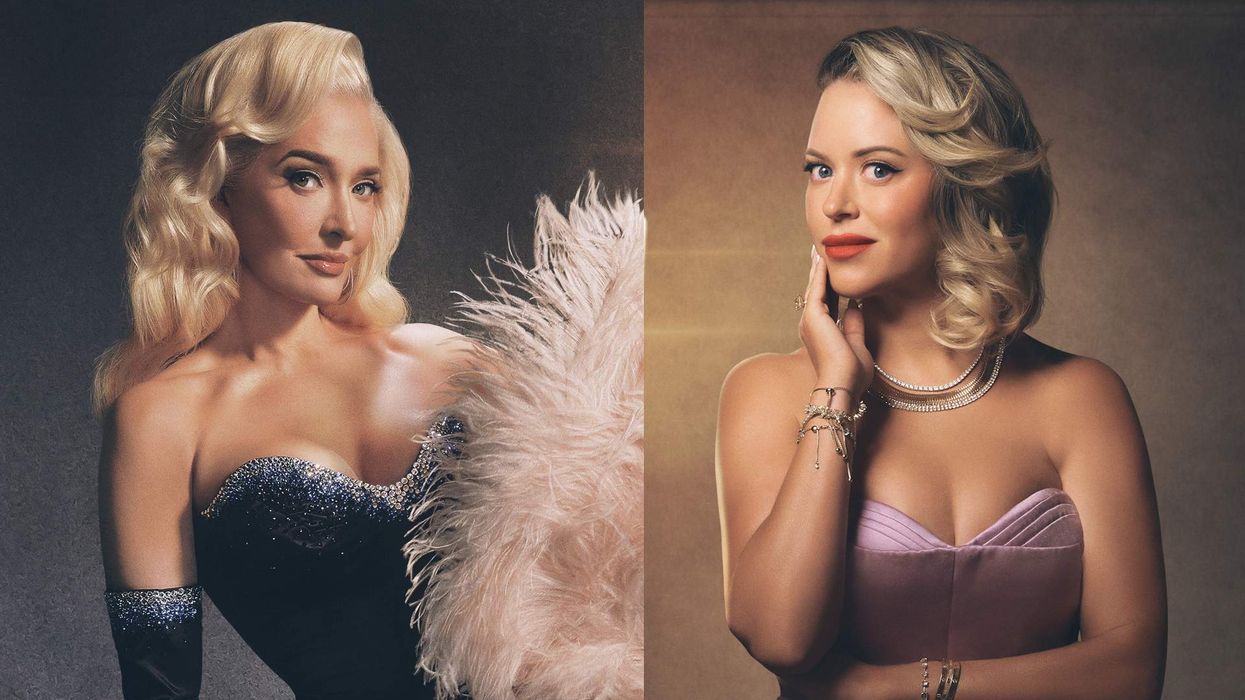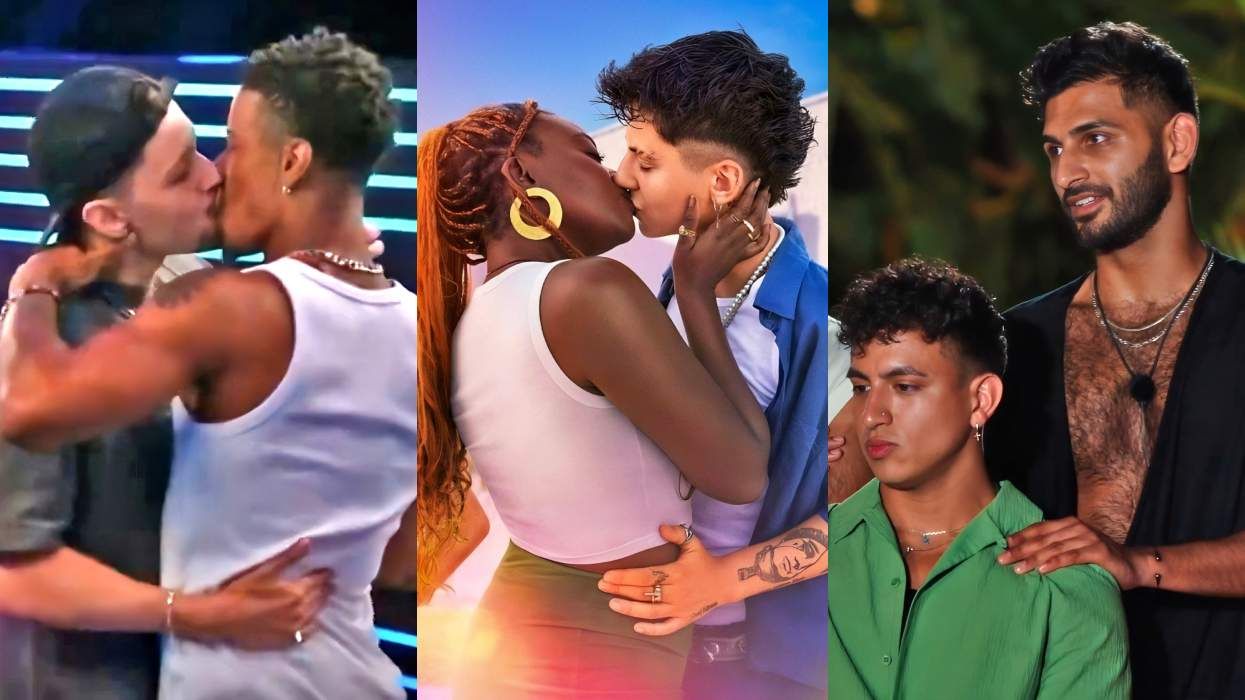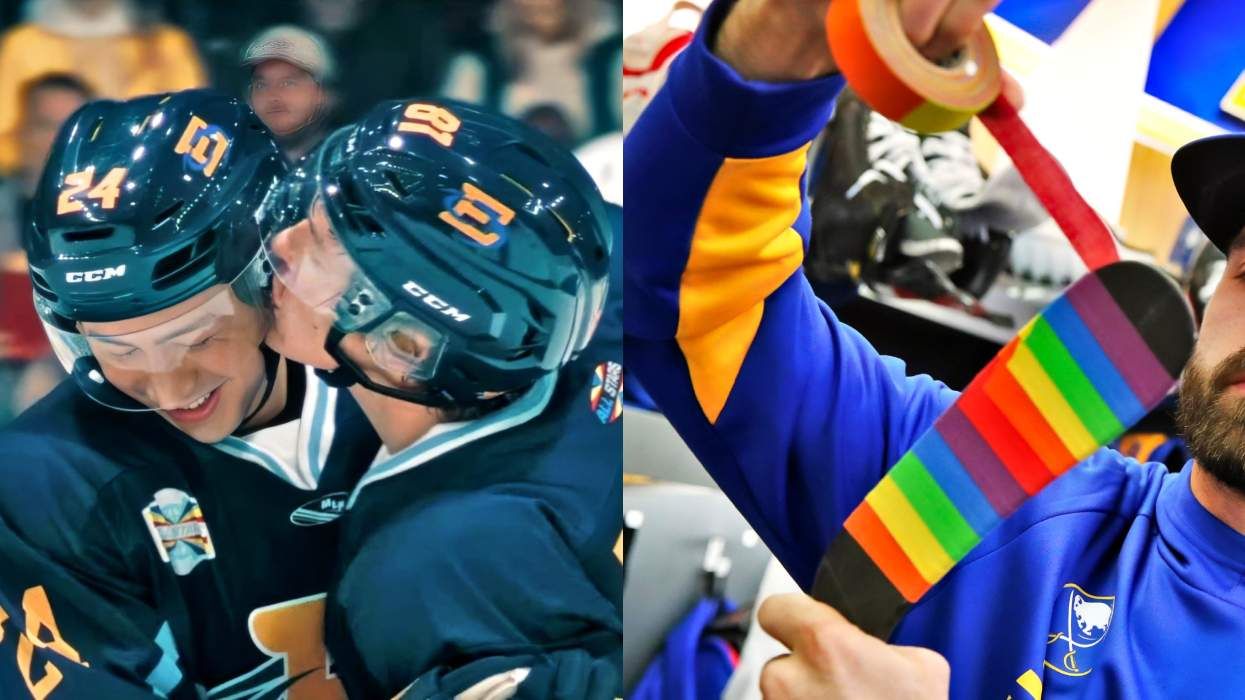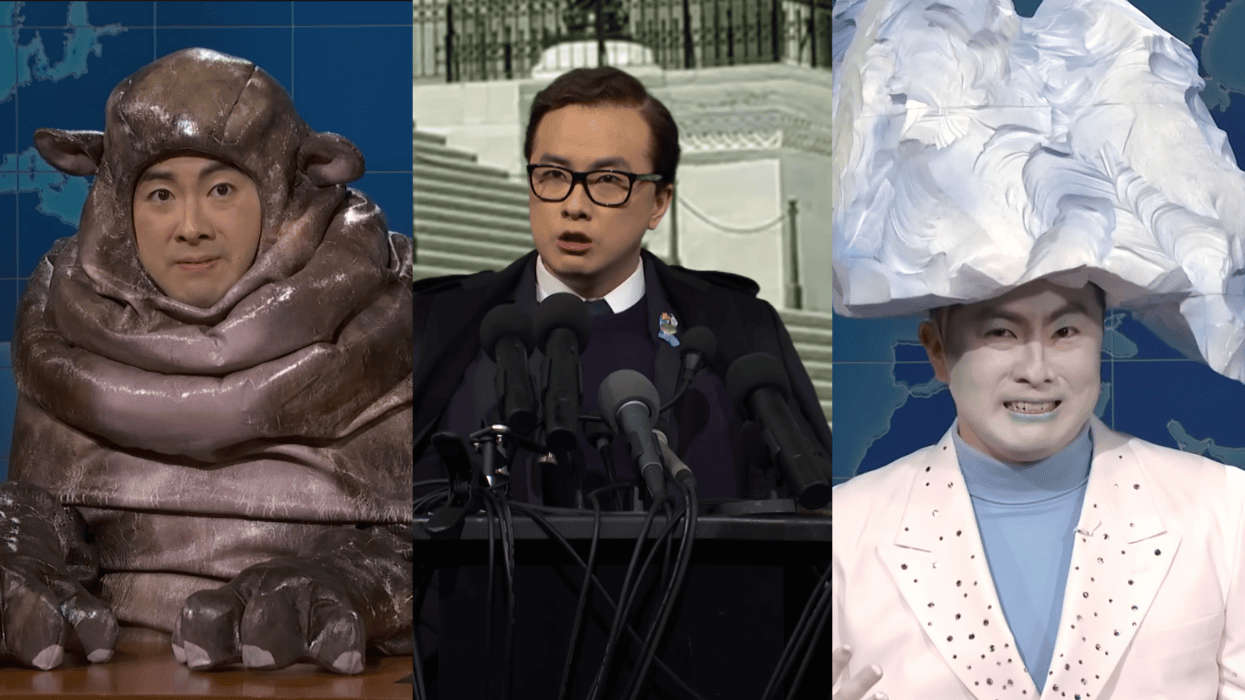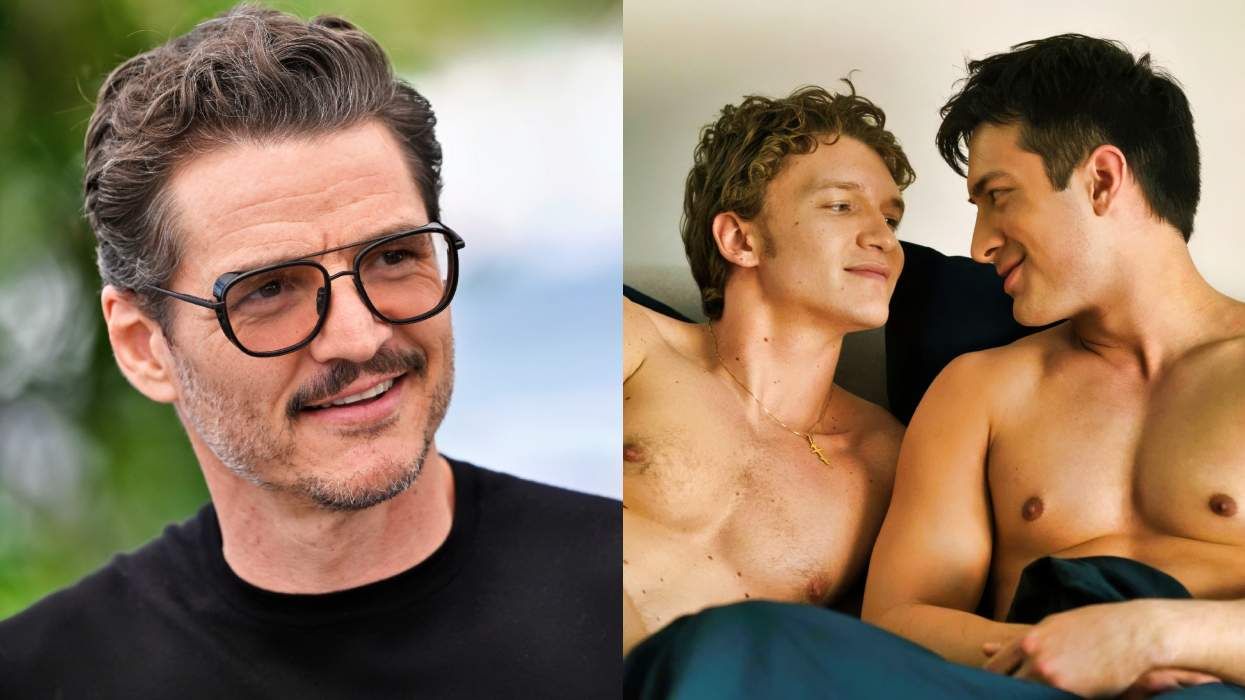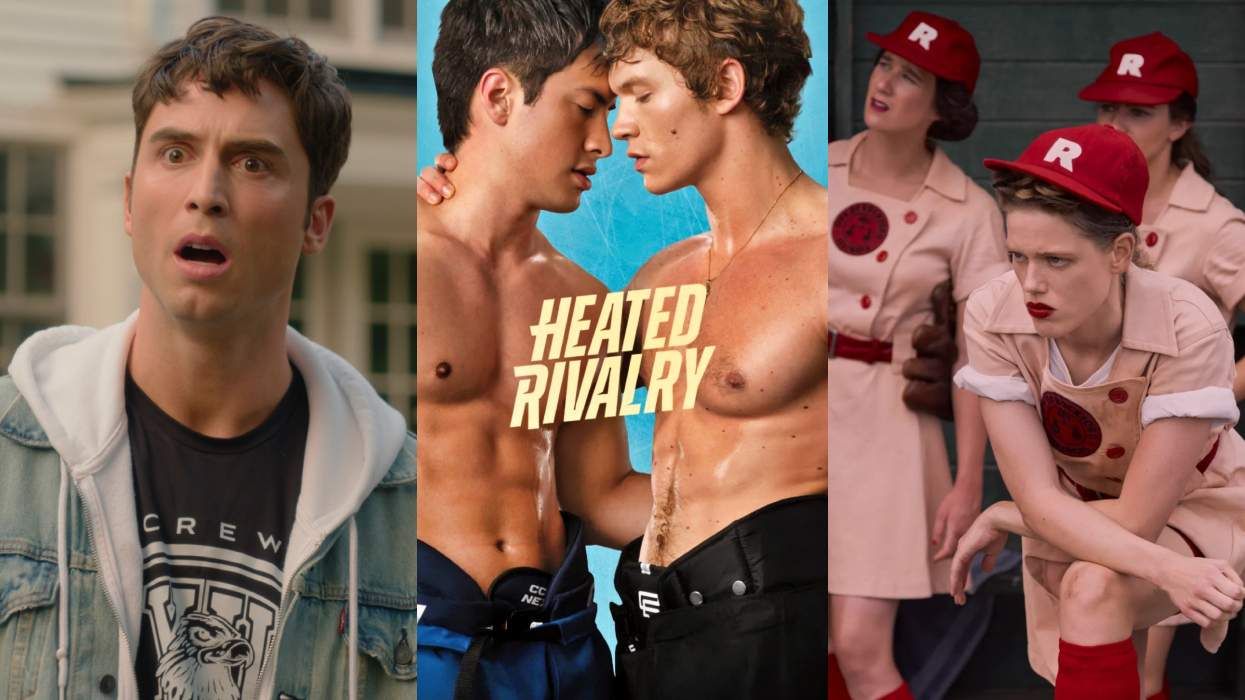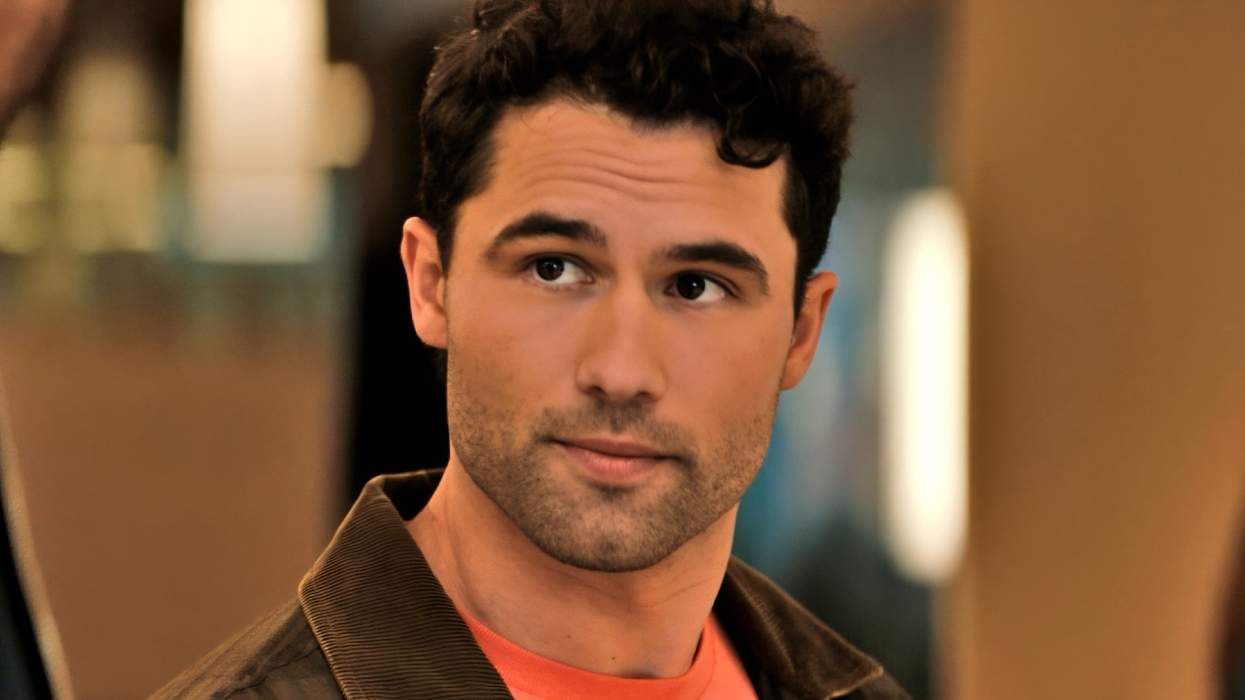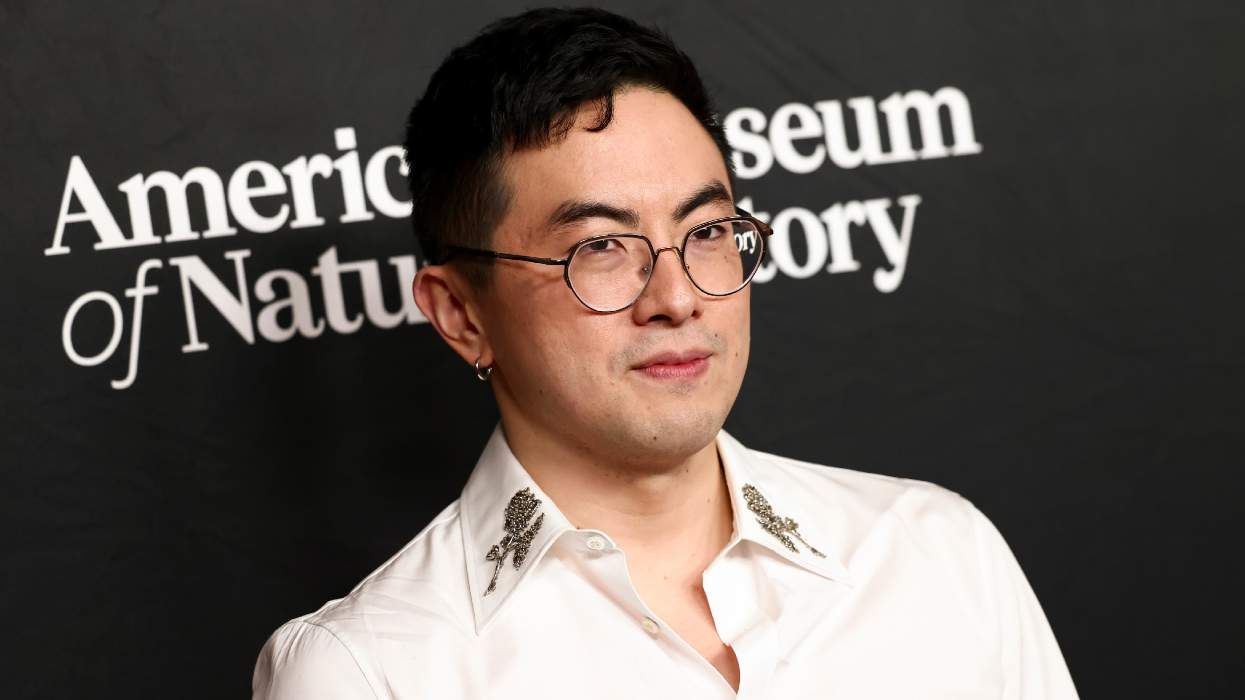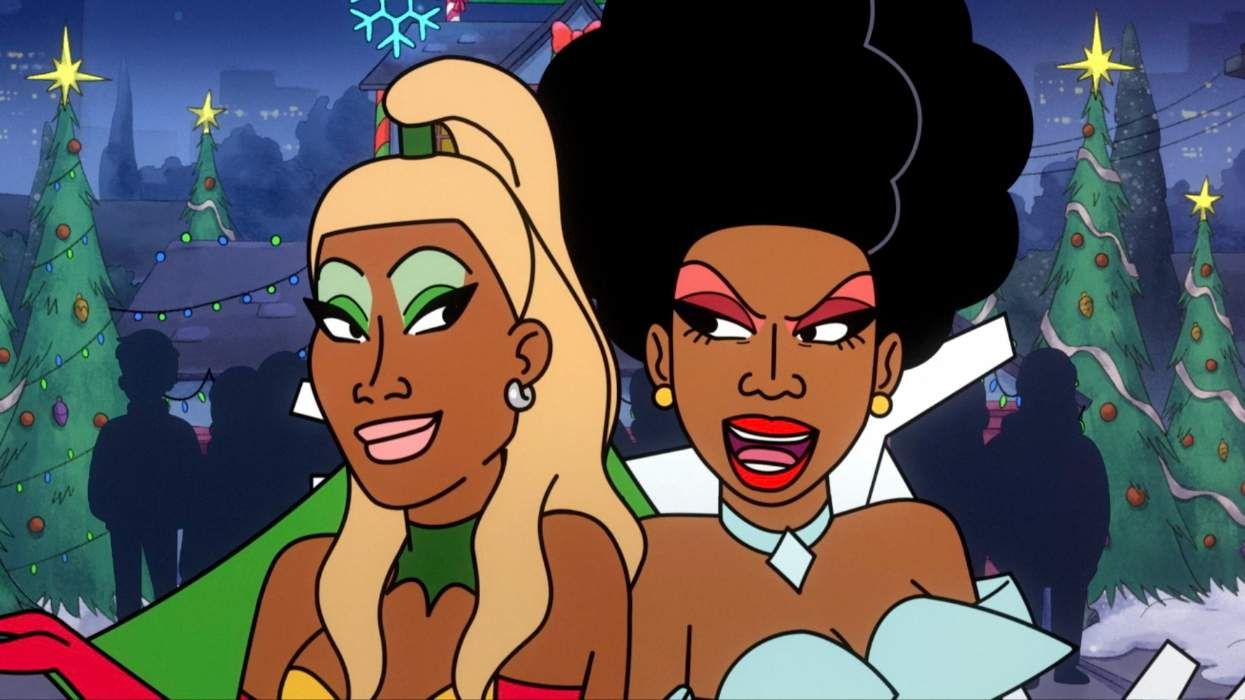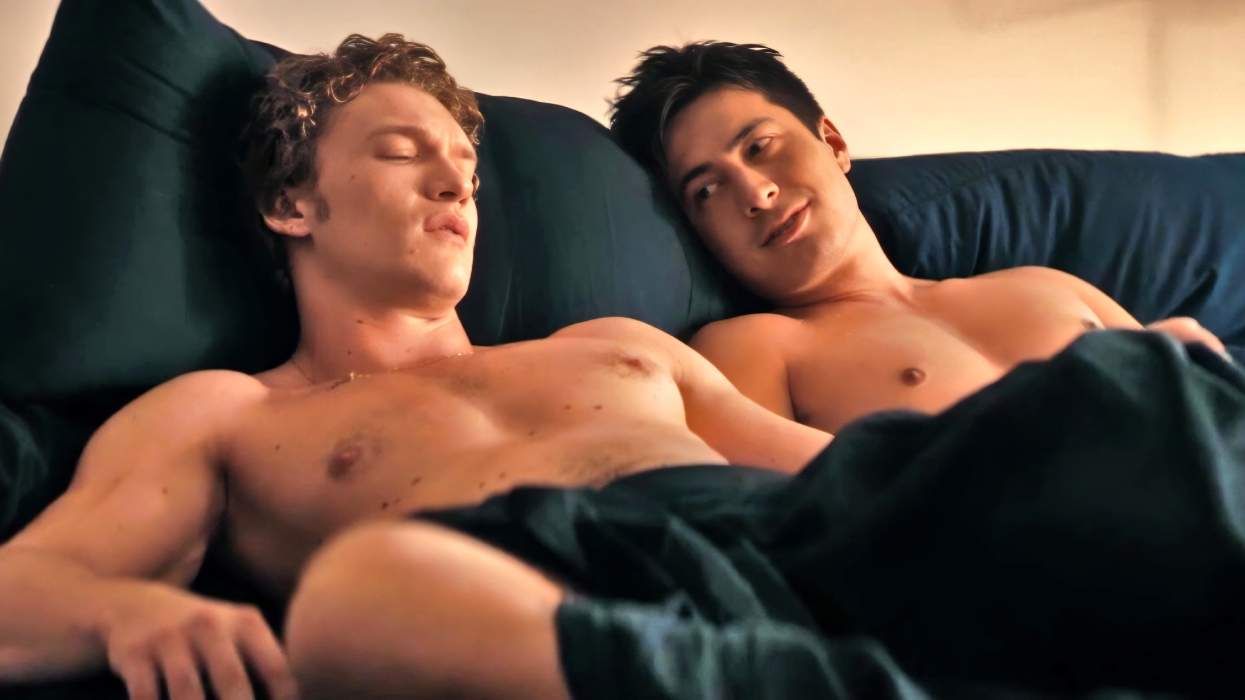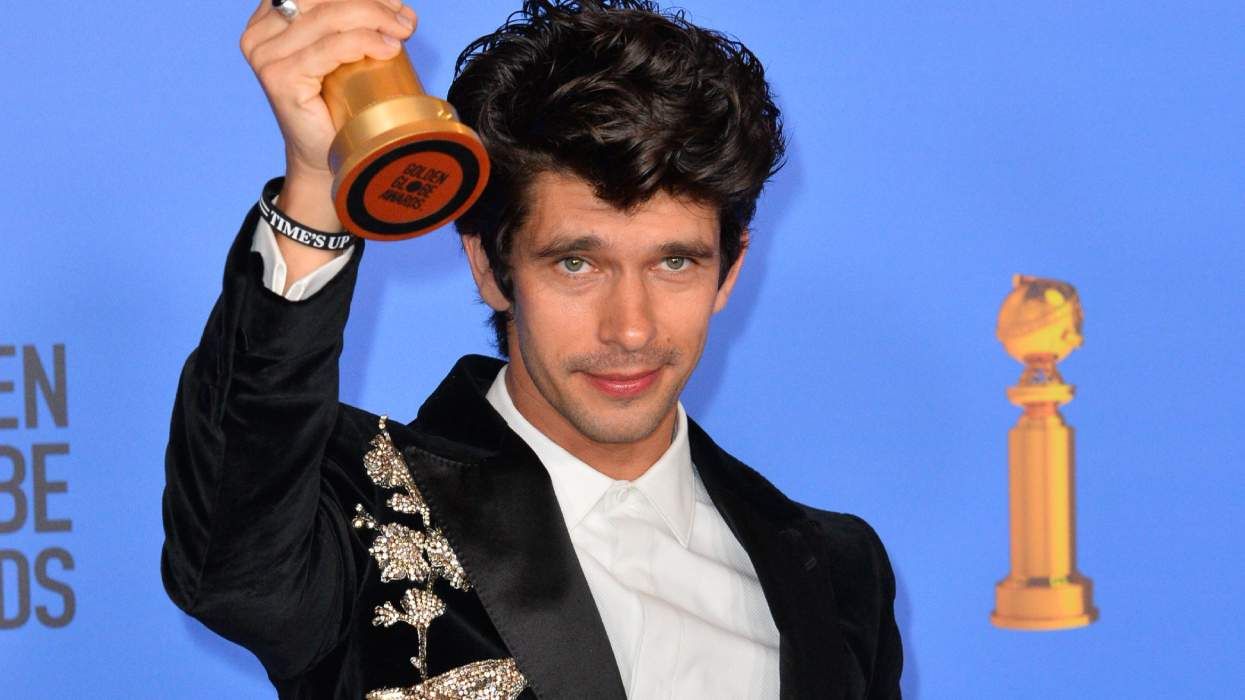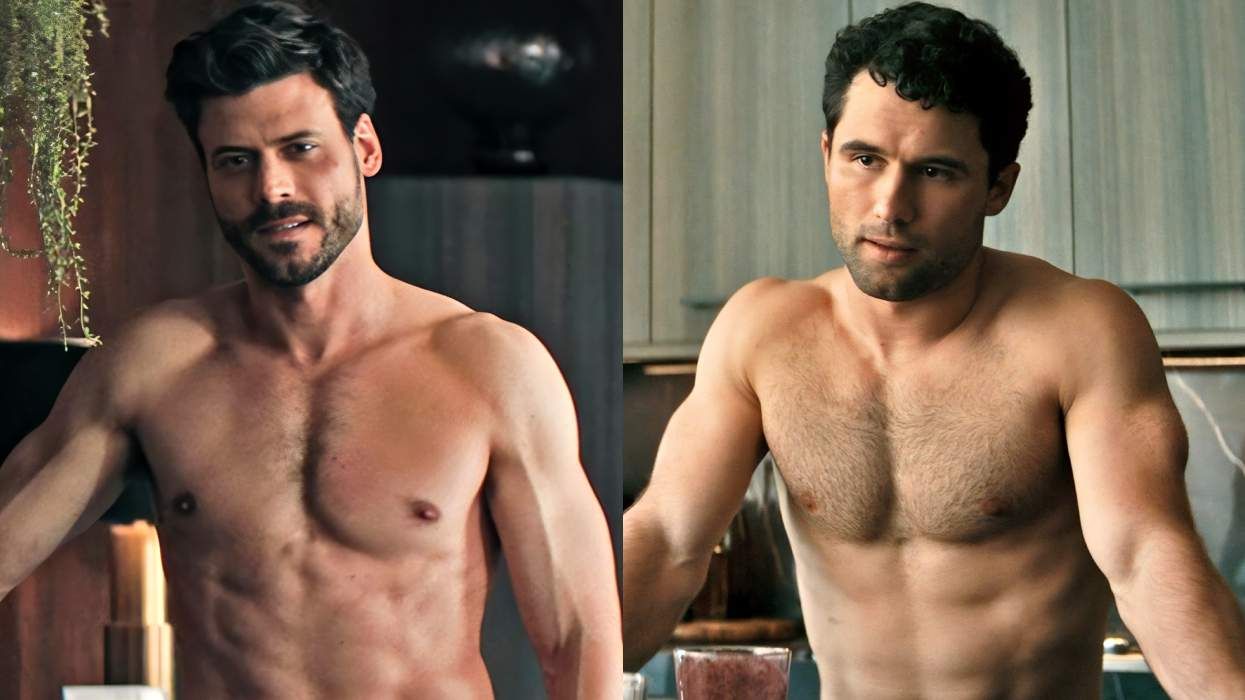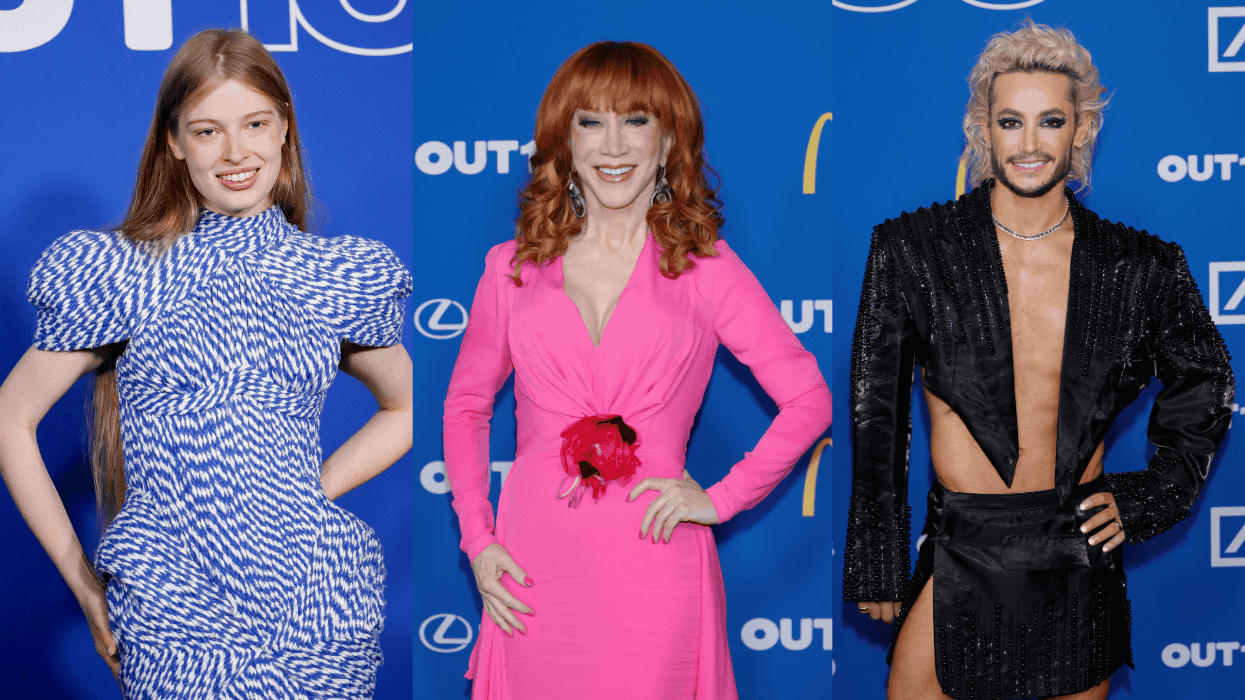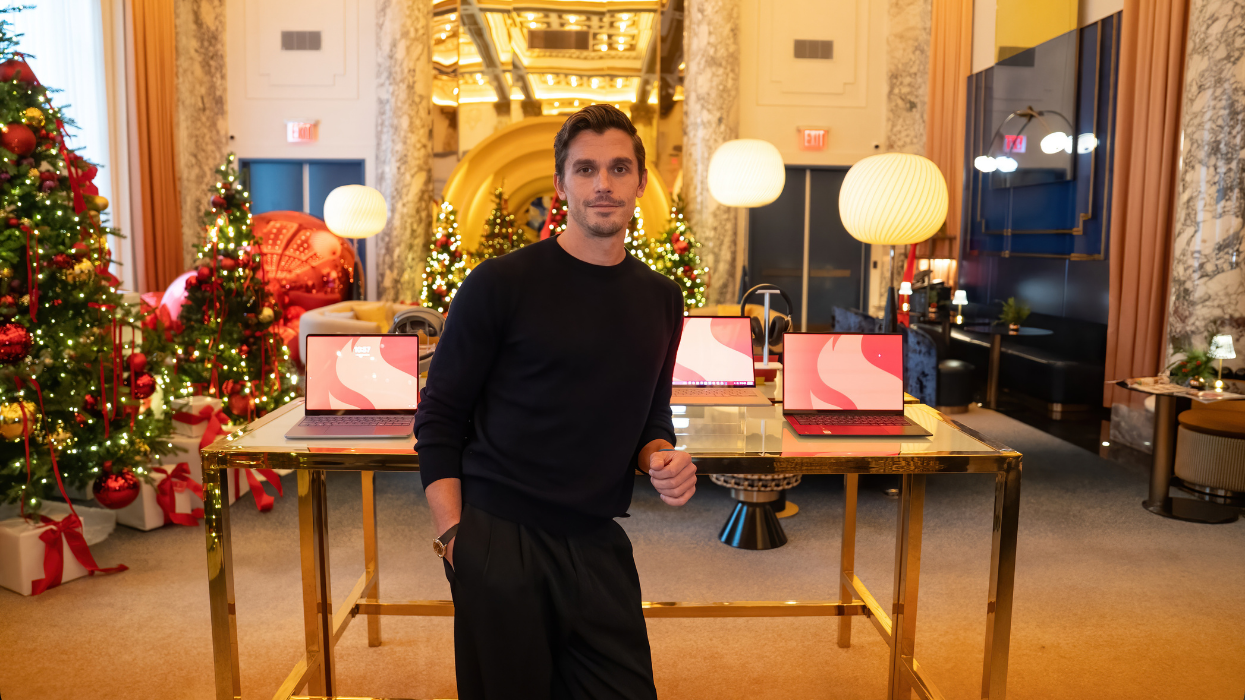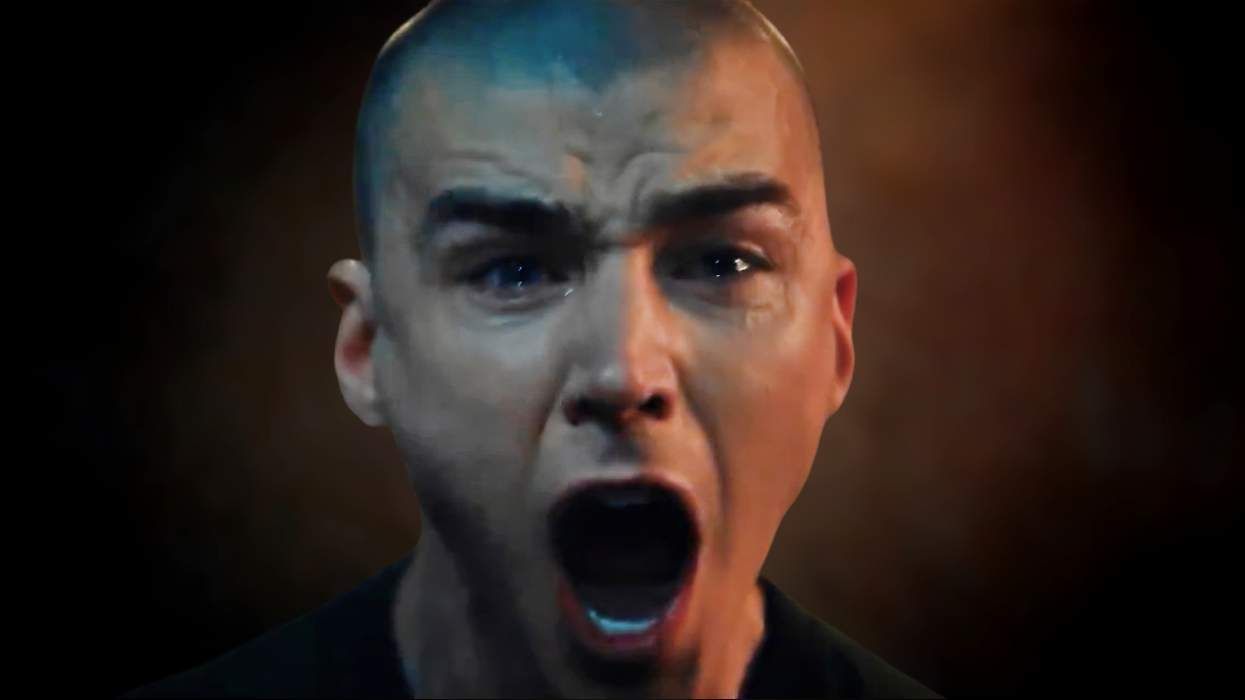Hollywood has a way of telling us who is beautiful and who isn't -- both explicitly and implicitly. Just take a look at how Black and brown bodies are captured on screen compared to their white counterparts. Due to the industry's seeming inability to properly light people with darker pigmentations, we often appear couched in myriad shadows or completely washed out, like Michael K. Williams as (the appropriately named) Chalky White on Boardwalk Empire. It's a phenomenon, unfortunately, that viewers expected, or at minimum ignored, until filmmakers of color like Ava DuVernay started speaking up about the necessity of properly lighting more melanated casts. Now, projects like the filmmaker's own Queen Sugar, the Oscar-winning Moonlight, and Issa Rae's HBO comedy Insecure are revered for the ways they've revolutionized how people of color are shown on screen.
"I don't prioritize beauty in the way that it's built into our society," says Ava Berkofsky, the cinematographer responsible for Insecure's now-signature saturated look. Berkofsky joined during season two with the tasks of making the show appear movie-like and ensuring its all-Black cast popped on camera. "I'm much more of a weirdo in some ways. I'm very queer, and I use that as my lens. I think that I just have a much larger scope of seeing beauty."
While studying at the American Film Institute in Los Angeles, Berkofsky found it odd that throughout the two-year duration of the program, lighting dark skin was never explicitly addressed -- especially since her background as a documentary photographer brought folks of all races, ethnicities, and skin tones in front of her camera. So when the issue came up, she heard statements that would "seriously sound ridiculous now." Folks made blanket assertions like, "Dark skin looks good with blue light" or "Medium dark skin looks good with orange light," but she wondered how such one-size-fits-all approaches did any justice to varying complexions. "Everybody's skin is different, and there's no formula, per se, but the fact is we didn't practice it, and it wasn't prioritized," she says.
That's because young white women have long been the paragons of beauty in Hollywood. Take, for example, the use of "Shirley cards," images championed by Kodak from the 1940s through the 1990s to calibrate colors on film. They featured a standard white woman model and were used to determine if a camera was properly adjusted. "I noticed this when I tried to train myself online before I went to film school," Berkofsky says. "All of the models are young white women wearing a lot of makeup, so this is what we're trained to look at. That's what people's idea of beauty is, and cinematographers feel very proud of themselves when we make young white women look beautiful."
This has obviously led to a long slate of films and television shows where the skin tones of Black and brown people are not rendered as luxe and rich as they should be. Take, for example, traditional sitcoms like The Fresh Prince of Bel-Air or The Cosby Show, which appear very bright in playback, since conventional thinking was to simply turn up the light on Black actors. Berkofsky recalls this being a front-of-mind concern for Insecure executive producer Prentice Penny, along with Rae and director Melina Matsoukas. "One of the main things they asked me was, 'Can you shoot dark skin? Can you shoot people of color?' I was like, 'I'm a cinematographer, of course I can! That's my job,'" Berkofsky says. "And they alerted me to the fact that they had gone through other cinematographers and this had been a big problem."
Luckily for Berkofsky, her prior film project, Free in Deed, which featured a primarily Black principal cast, was demonstrative of her ability to treat darker skin as a reflector of light instead of blasting it on people of color, a tactic employed by many of her predecessors. And because Insecure is a show in which the shades of its characters' Blackness varies, her vantage "that every skin tone is different" and therefore necessitates a different type of lighting, came in handy.
One such tool she makes use of on set is a polarizer, a filter of sorts often employed when shooting surfaces like glass or cars that more intensely reflect light. Berkofsky uses it when shooting darker skin tones to help shape light on an actor's body. Such a technical and project-specific approach was also employed for her latest project, Share, which premiered at Sundance this year and stars Rhianne Barreto, who is mixed race. "The way I approached her is very different than the way I approached Issa Rae or any of the main people on Insecure," she continues. "But I love using and embracing color with all skin tones and finding ways to make it interesting and beautiful."
At the root of her work, though, is a certain queerness that is helping to upend the ways audiences have traditionally seen Black and brown bodies on screens large and small. Berkofsky admits it's hard to describe how her perspective challenges the prevailing hetero male gaze, but knows an audience feels it when they see it, especially during the sex scenes. "The main quantifiable way to look at it is that I don't prioritize the same kind of beauty that the male or straight gaze does," she says. "I don't take for granted a point of view. I think about who's being objectified, whose pleasure this is for, and how do I participate or not participate in that?"
The importance of such considerations alone manifests itself in the critical and social media consensus around a show like Insecure, which focuses on people and perspectives not traditionally centered. Berkofsky notes that since being more outspoken about the need to treat diverse skin tones equally -- and folks like DuVernay, Moonlight director Barry Jenkins, Atlanta's Donald Glover and Hiro Murai, and Rae have continued to produce works that model appropriate lighting behavior -- the industry has begun to change for the better.
"I look at some television and I'm just like, 'Wow, they just gave up and they're just blasting light.' I think that is no longer acceptable," she says. "We're waking up a little bit. The industry has been run by white men and women for so long that you don't realize how much impact they've always had, and that it actually is changing. I really hope it continues."
To read more, grab your own copy of Out's April issue on Kindle, Nook and Zinio today, and on newsstands March 26. Preview more of the issue here and click here to subscribe.


